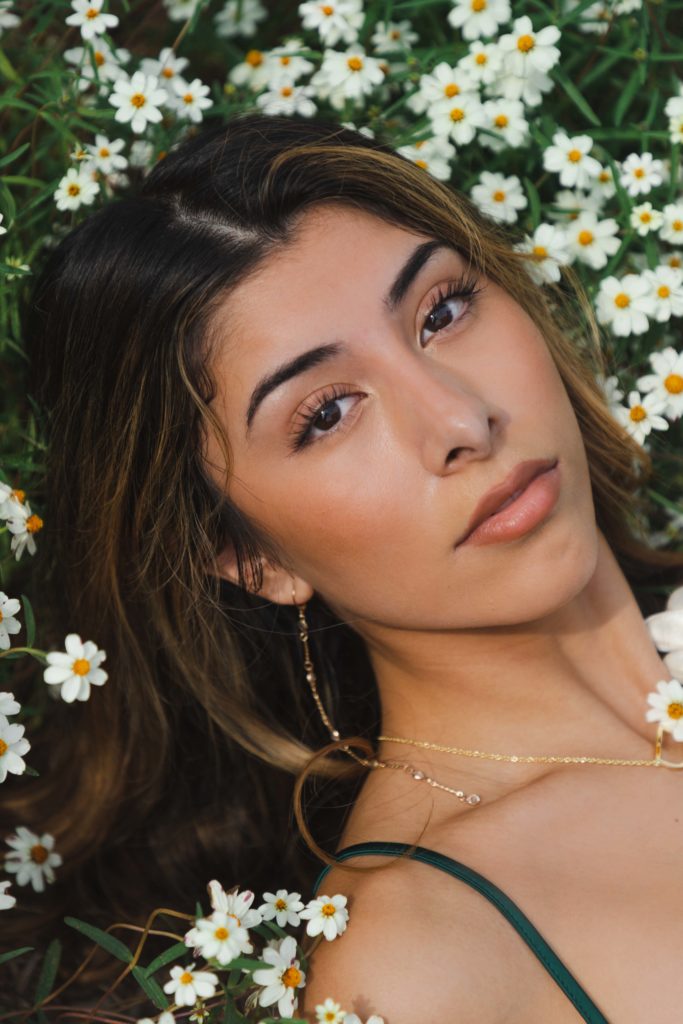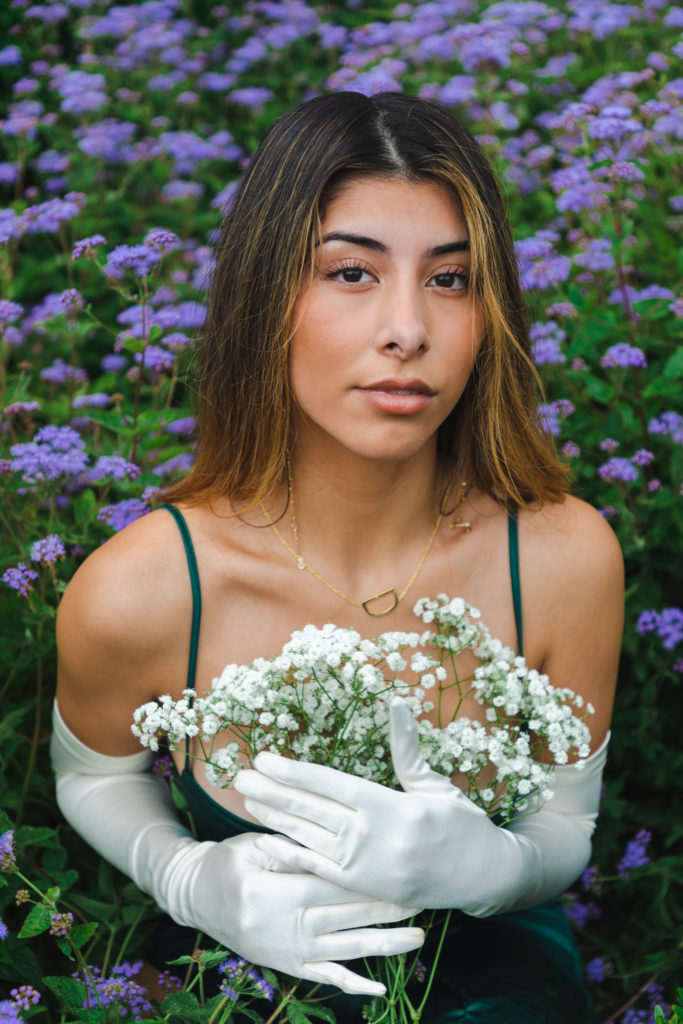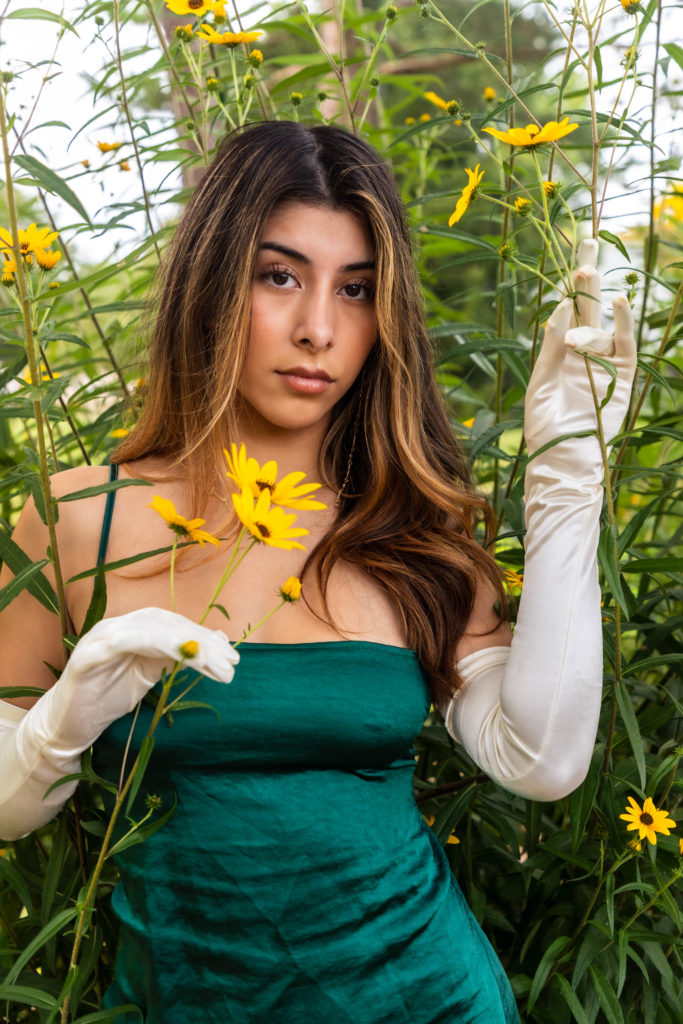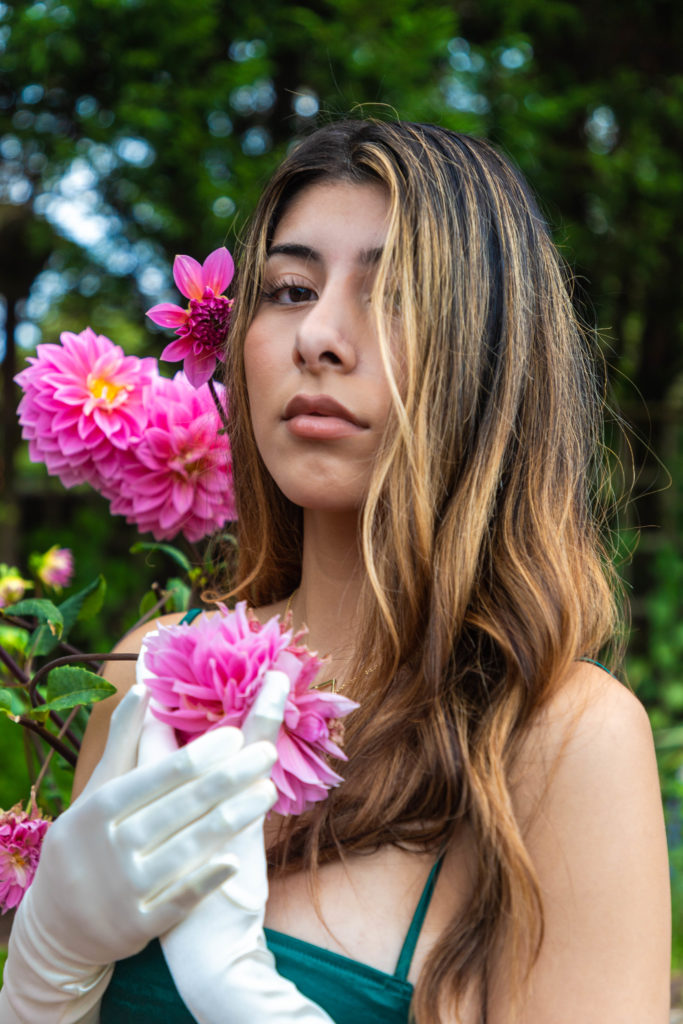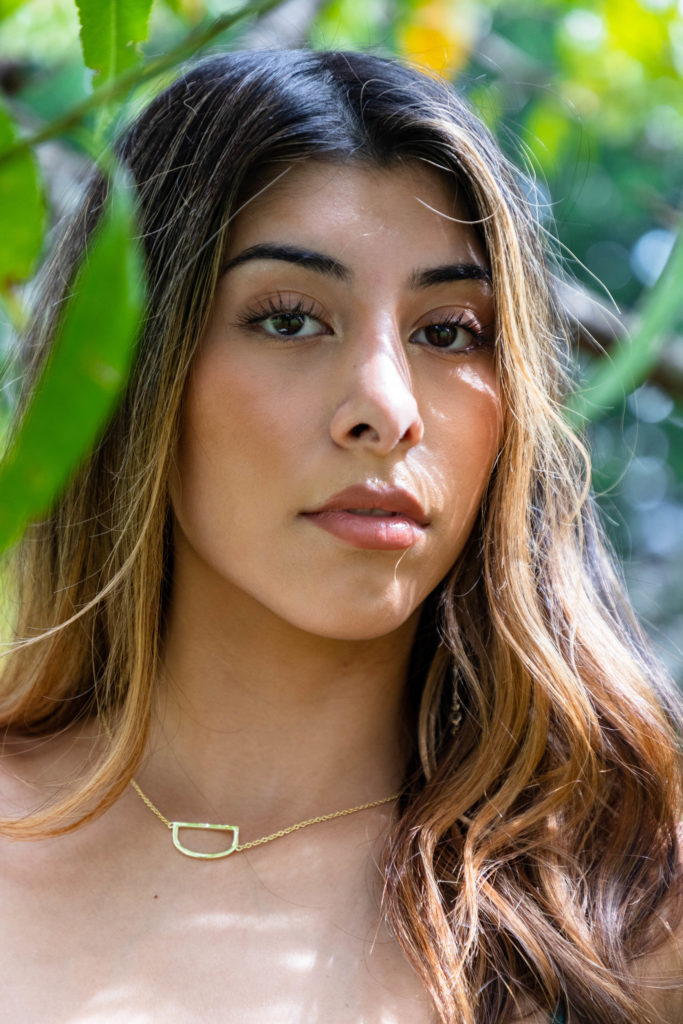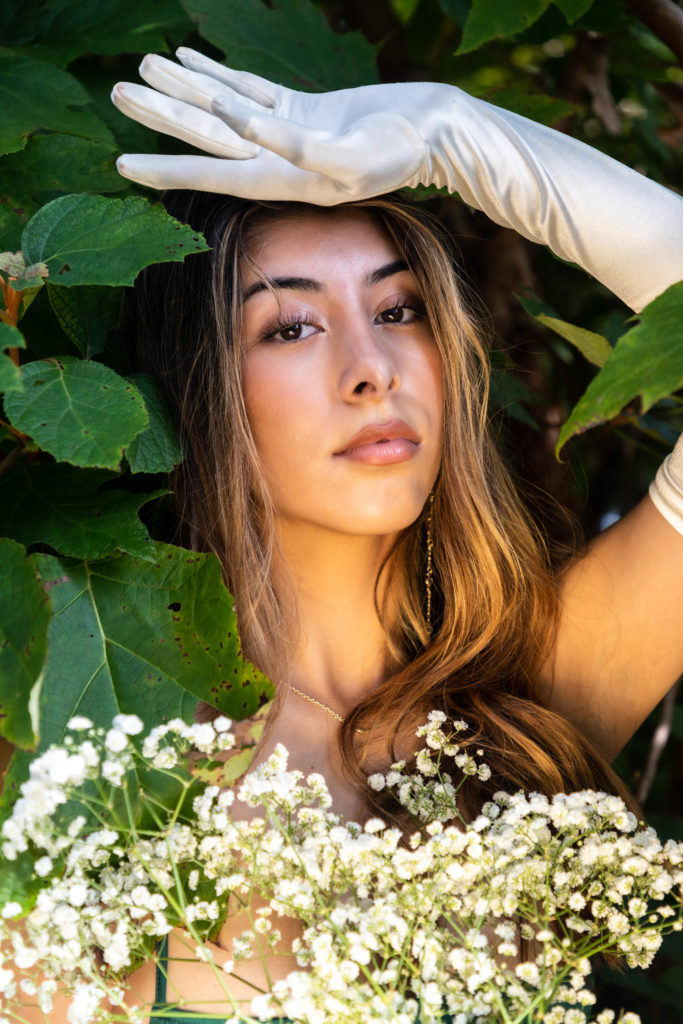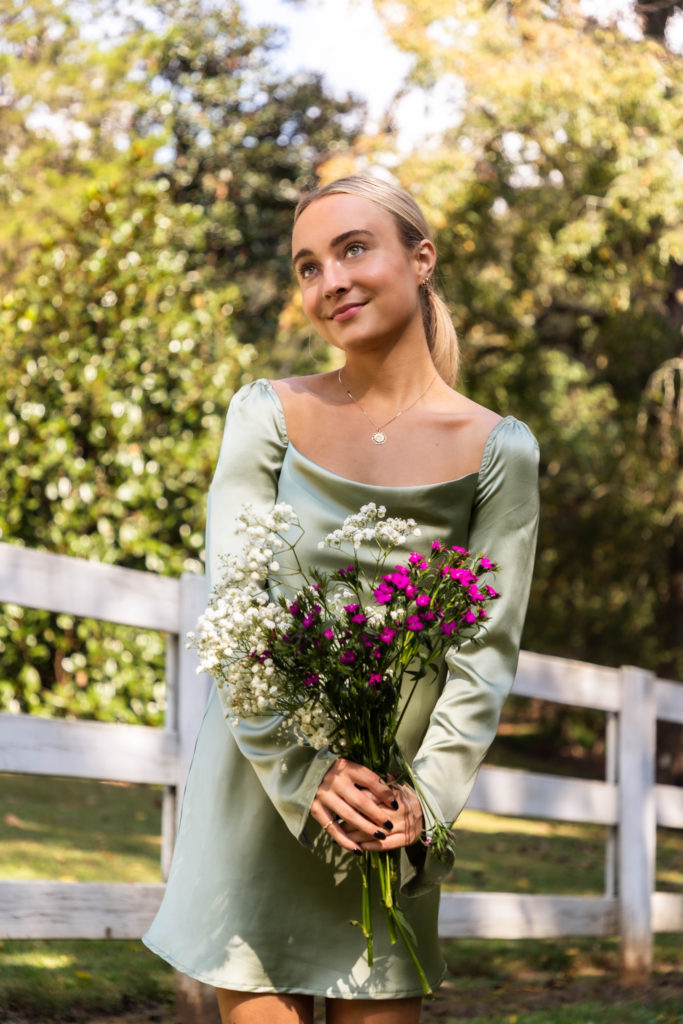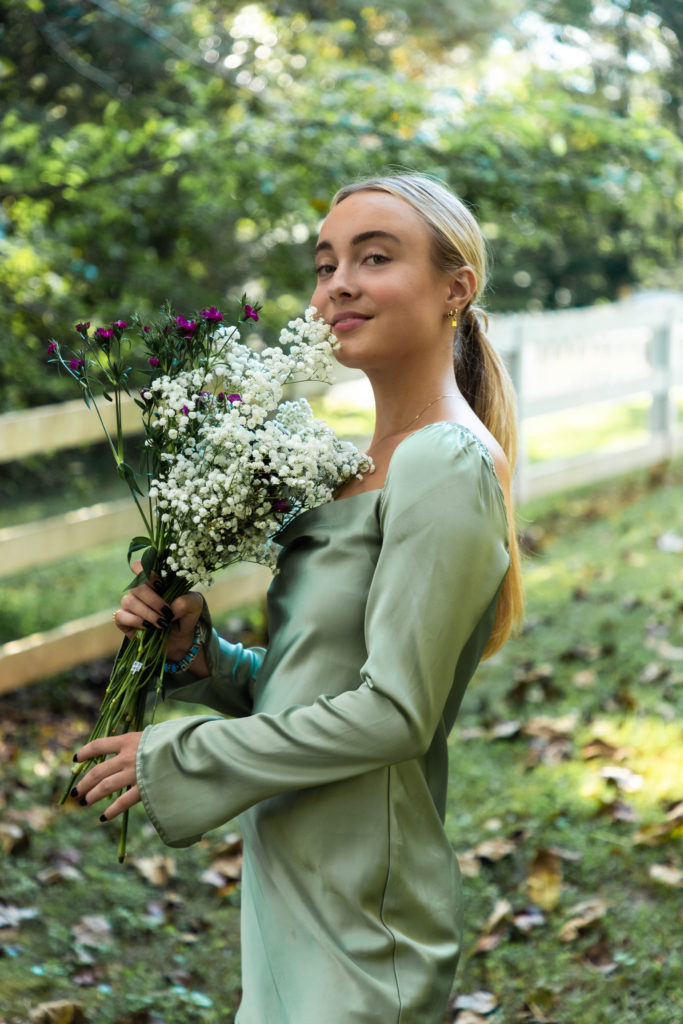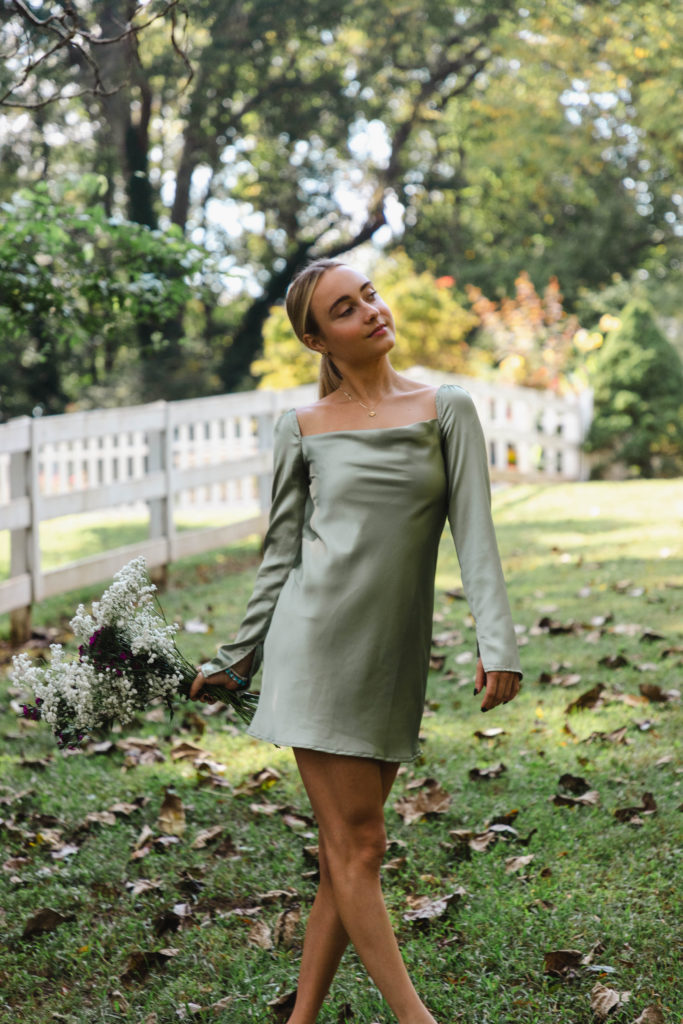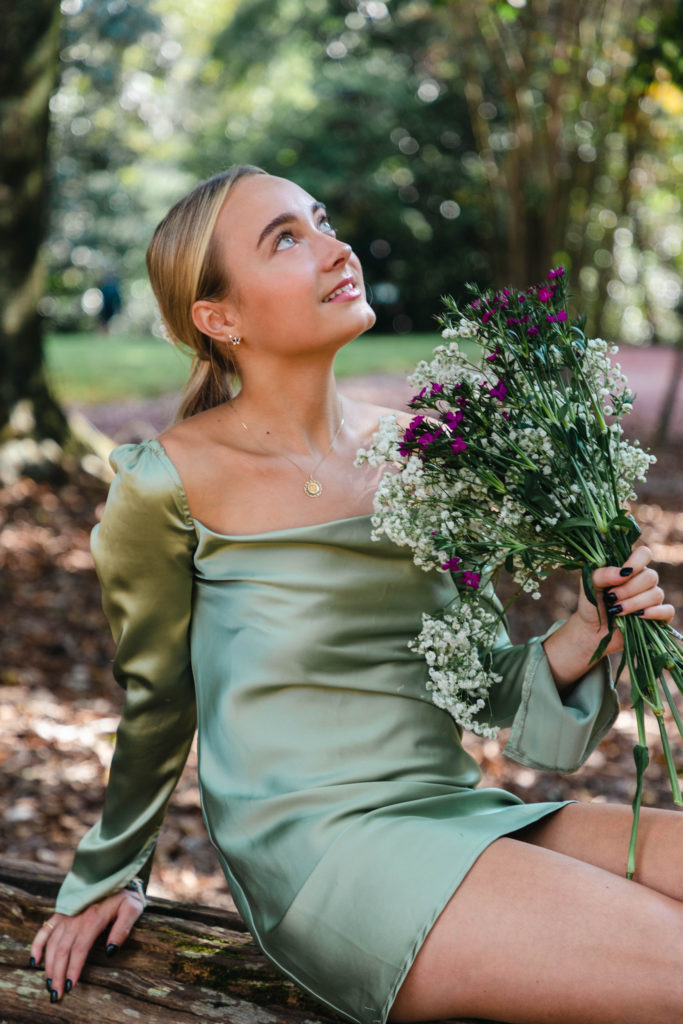How to: Incorporate nature into your photos
A previous article discussed the use of outdoor lighting and the best tips to work with sunlight for portraits. With spring upon us, this article will discuss how to use the outdoors to your benefit in photography. Each season offers a unique natural light and environment to photograph. During spring and fall there are a lot of deep lush green variations in the trees, but every season brings changes to photographic opportunities with various blooms and strengths of the sun.
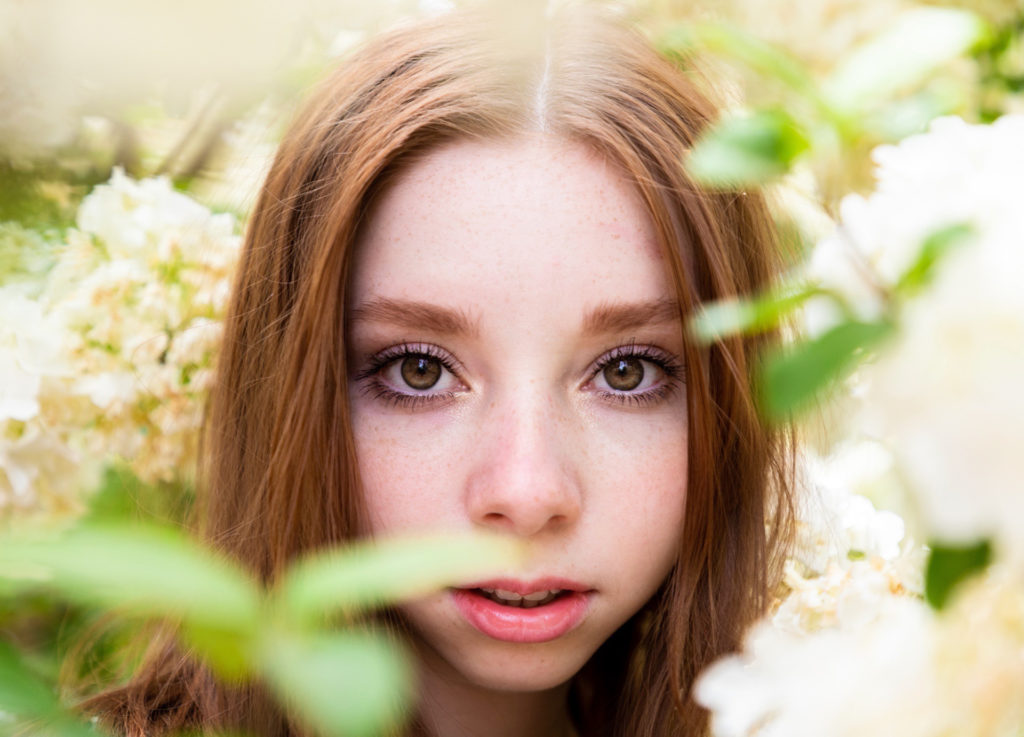
Model: Nichole Shaw. Photos by Lexi Waldman 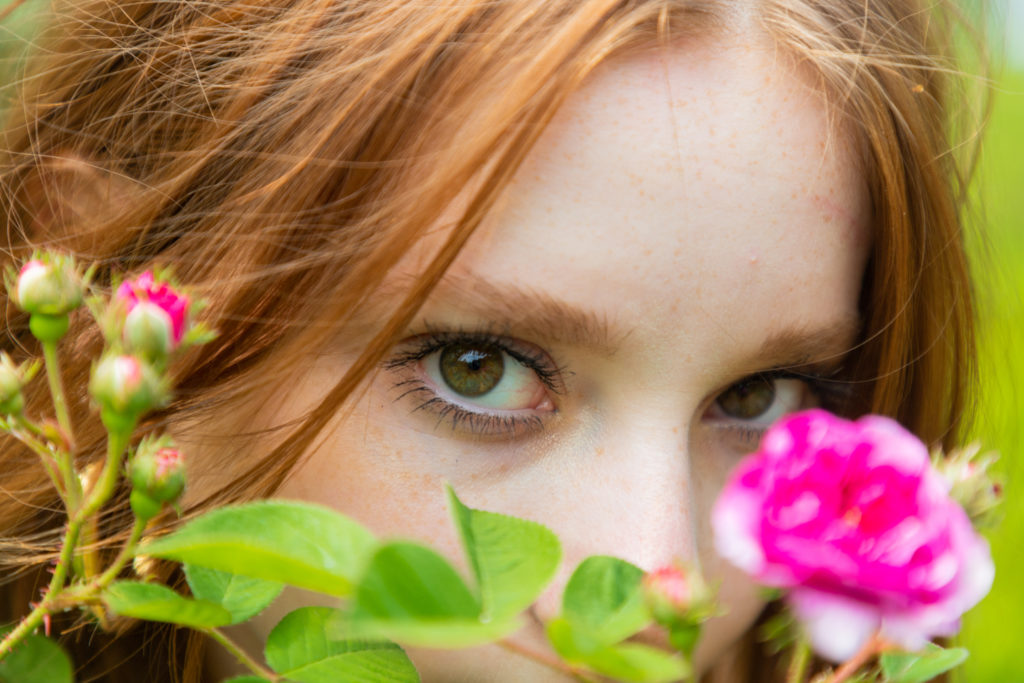
Model: Nichole Shaw. Photos by Lexi Waldman 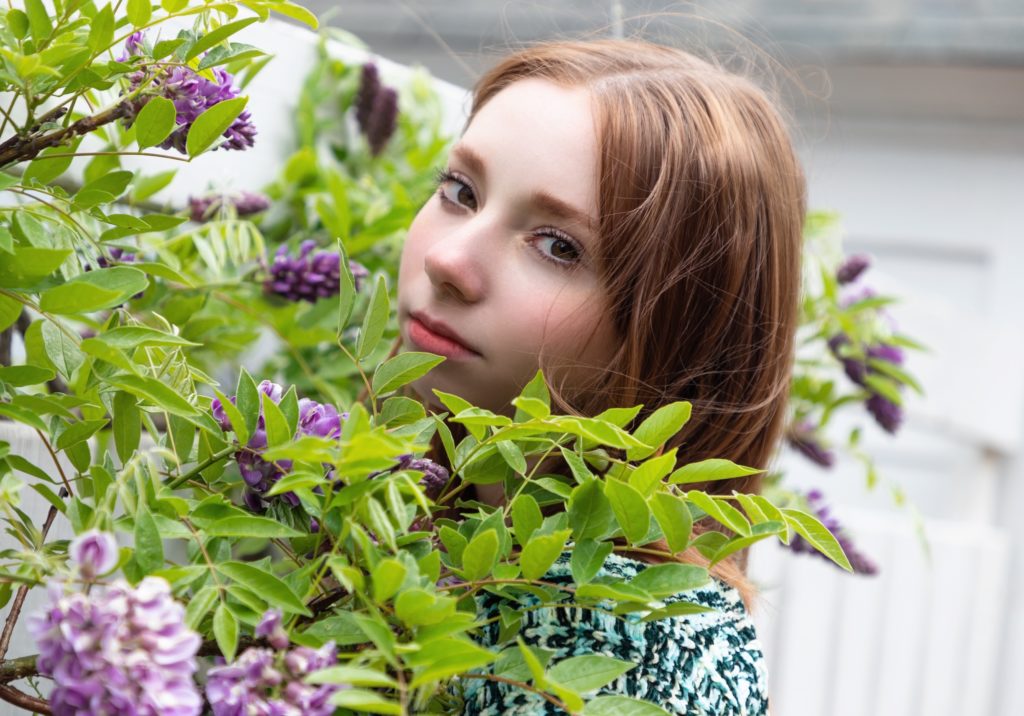
Model: Nichole Shaw. Photos by Lexi Waldman 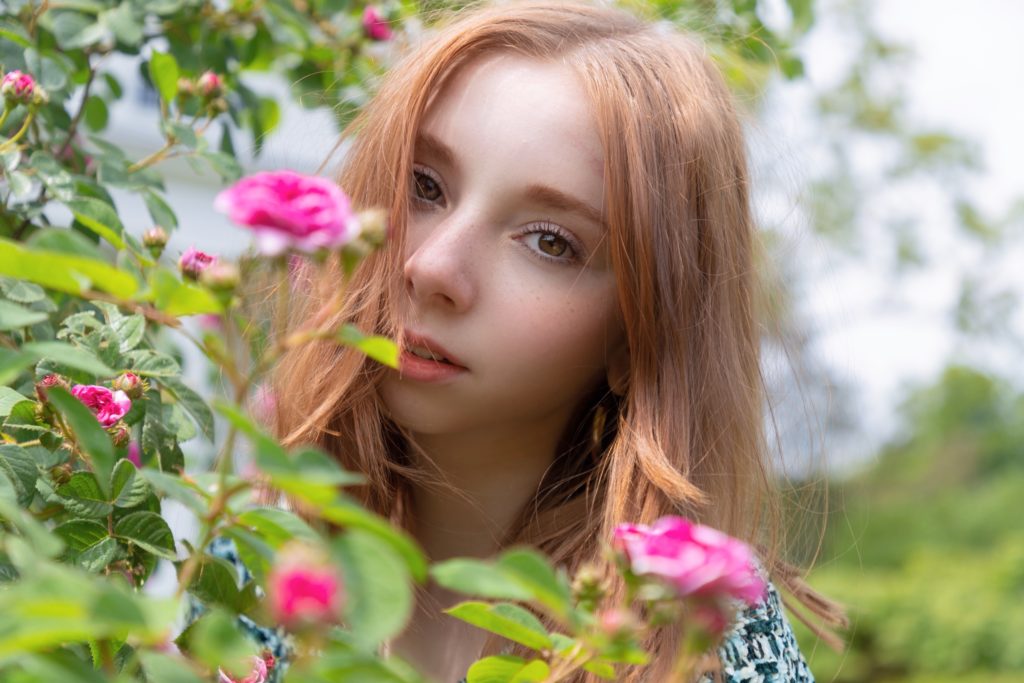
Model: Nichole Shaw. Photos by Lexi Waldman 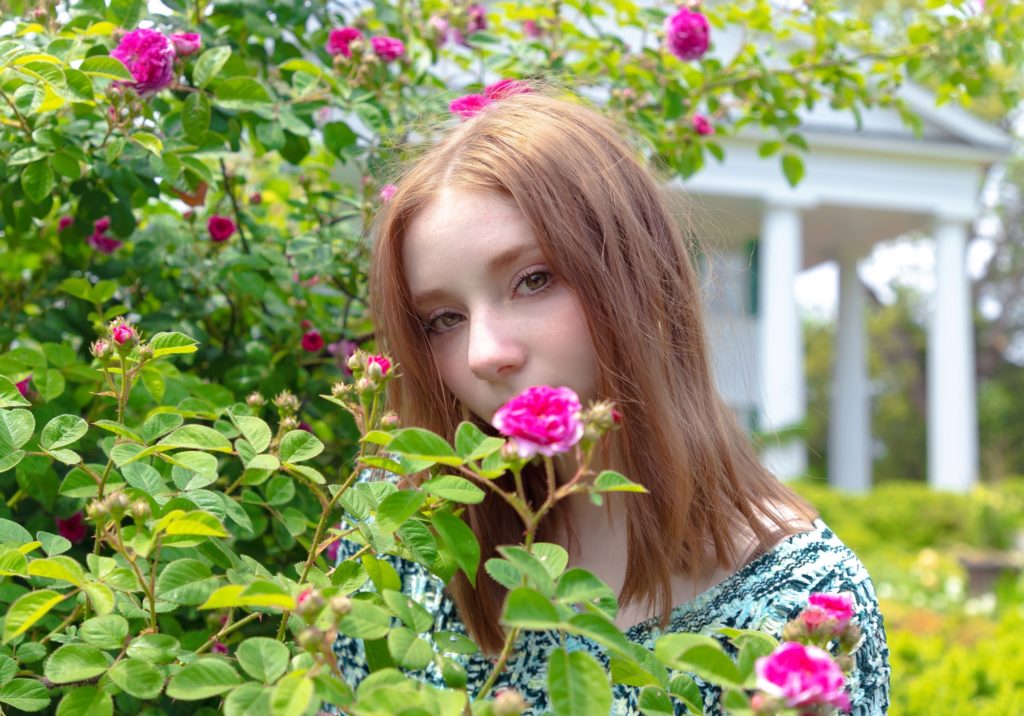
Model: Nichole Shaw. Photos by Lexi Waldman 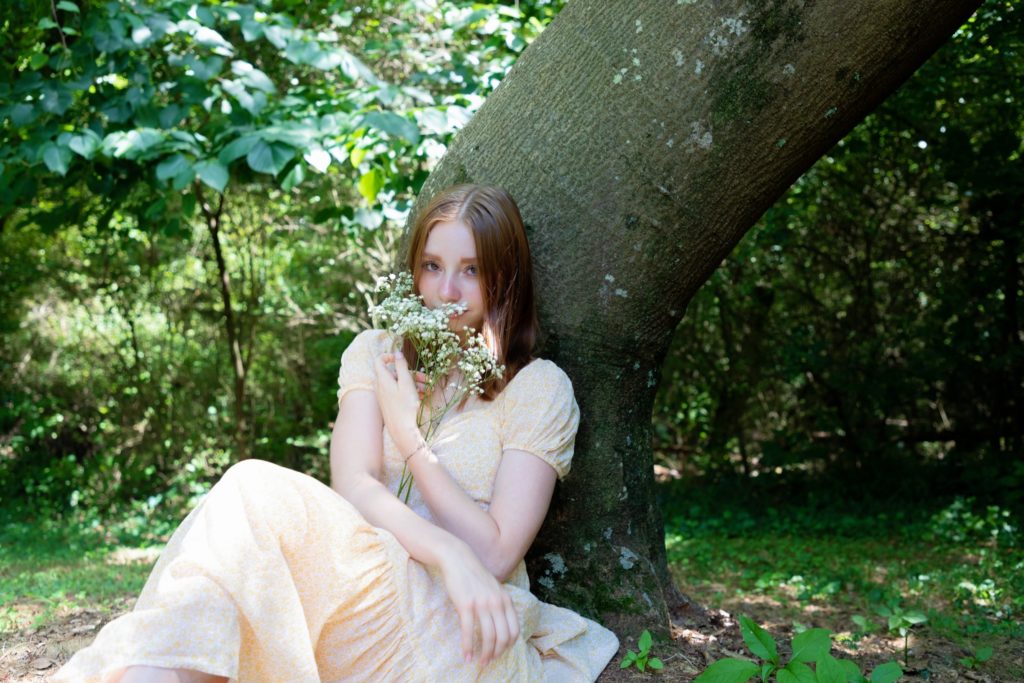
Model: Nichole Shaw. Photos by Lexi Waldman 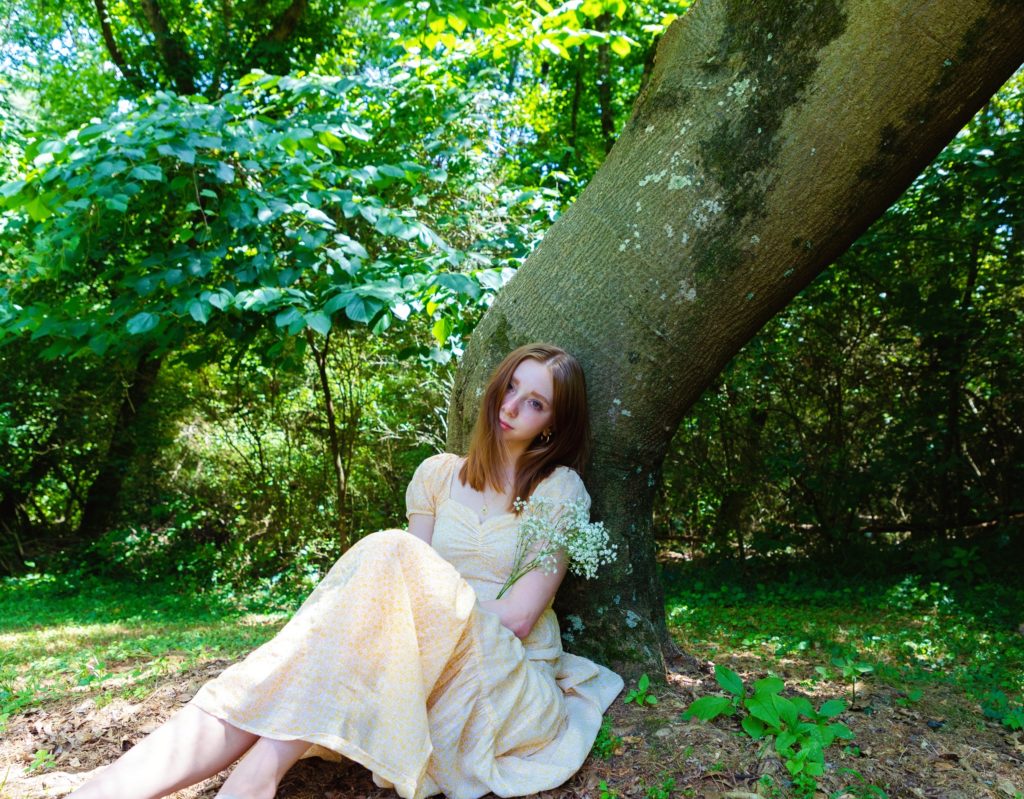
Model: Nichole Shaw. Photos by Lexi Waldman
Winter in most regions creates the harshest lighting because there are often no leaves on trees. It is a great time to photograph the texture and definitions of urban environments like buildings but not the best time of year for portraits. Spring and summer are ideal seasons for most outdoor photography, specifically portraits and landscapes. For many photographers, spring is the most desirable because of the blooming nature and the various pastel and bright colors that come with the season. Some photographers prefer fall because of the variations of color tone in the tree leaves. The light during fall is also particularly good because of the position of the sun.
When photographing portraits in the springtime, there are a lot of possibilities to frame nature and flowers around your model. Location is key for this. Blooms are sprouting daily, so there are a lot of opportunities to capture during this season.
When trying to incorporate nature into your portraits don’t put too much pressure on yourself to find a perfect location. What the final edited photo looks like is often all an illusion and the viewer will never know what it took to get a good photo. For example, a model and photographer often go to great lengths to get the perfect shot: standing in uncomfortable bushes, laying on the ground in flowers, climbing up trees, etc. Only you and the model will know what you had to go through to get the photo, not the audience.
The most random of places can produce some of the best photographs. Overthinking a location or a certain spot often leads to the photo feeling forced, whereas the best photos outdoors are usually captured in the moment and unplanned. With a little bit of preparation and the willingness to quickly adjust and adapt, it all comes together in the end.





















